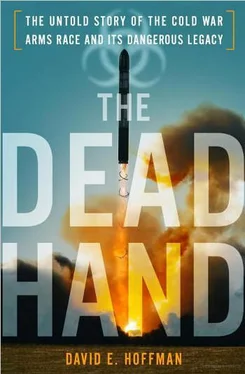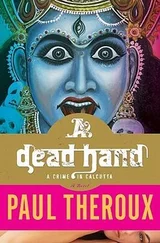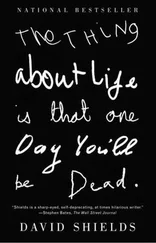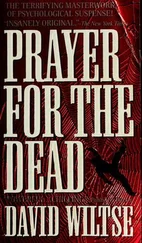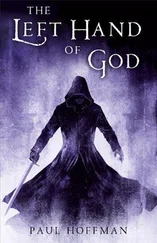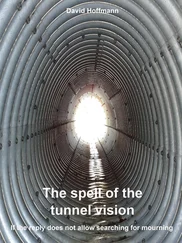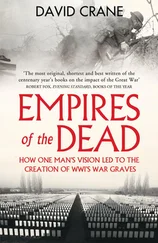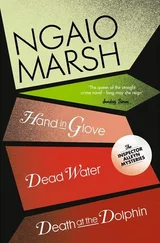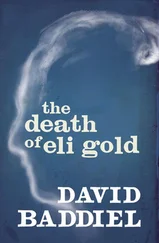In September, Shevardnadze flew with Baker on the secretary’s air force plane to a meeting in Jackson Hole, Wyoming. In a long talk on the flight, Shevardnadze drove home to Baker the urgency of Gorbachev’s problems at home, especially the forces of disintegration pulling the republics away from the center. Baker had not realized in the spring that Gorbachev’s situation was so precarious and the window of opportunity was closing. “Our CIA was way, way behind the curve,” he said. Baker recalled the first hints came only that summer, and by September, on the flight to Jackson Hole, it “really became obvious.” 24One concrete outcome of the Baker and Shevardnadze meeting in Wyoming was an agreement to exchange data about chemical weapons stockpiles. However, the Soviet Union did not disclose the secret research on the new binary weapon, the novichok generation.
Chernyaev called 1989 “The Lost Year.” It was also the beginning of the crack-up. A gargantuan superpower was starting to come unglued, with nuclear, chemical and biological weapons strewn across the landscape.
As authority weakened in the Soviet Union, secrets leaked out of the military’s most carefully guarded citadels. Velikhov, the progressive physicist and Gorbachev’s adviser, personally exposed some of them in another amazing glasnost tour. In July, he brought a group of American scientists, led by Cochran of the Natural Resources Defense Council, to the Black Sea to conduct a verification experiment involving a Soviet cruise missile, armed with a nuclear warhead, on a navy ship. 25It was rare for Americans to get so close to a Soviet weapon. The point was to determine if radiation detectors could spot the presence or absence of a nuclear warhead. While some theoretical studies had been done, the experiment offered a chance to check the radiation detectors against a real weapon. The question was important because of the larger debate at the time about whether there could be effective verification of sea-launched cruise missiles. The United States claimed it was impossible to verify nuclear warheads on naval cruise missiles, and insisted they should be left out of the negotiations on strategic arms. The Soviets wanted to count them—and limit them—because of the American advantage. Velikhov wanted to pierce the veil of secrecy, in hopes it would reduce the danger of the arms race, just as he had done in 1986, bringing Cochran to the secret Semipalatinsk nuclear-testing site, and again in 1987 to the disputed Krasnoyarsk radar. This time, the KGB tried to stop Velikhov, but Gorbachev overruled them. 26
On a sunny July 5, 1989, the Americans, joined by a group of Soviet scientists, lugged their radiation detectors aboard the Slava , a 610-foot Soviet cruiser at Yalta on the Black Sea. At that moment, the ship held a single SS-N-12 nuclear-armed cruise missile, NATO code-named “Sandbox,” stored in the forward, exterior starboard launcher. The Soviets were so nervous about the visit that they had rehearsed it for weeks. They feared the Americans might learn too much about the design of the warhead. The sea was a sparkling blue, and Cochran wore shorts, a baseball cap and a T-shirt as he and his team wrestled the test equipment onto the missile tube to measure the radiation. The evening before the experiment, the Soviets had insisted that, by the plan, the Americans could take only a very short reading, but Cochran got a longer one and plenty of data. Soviet scientists carried out their own tests, too. In one extraordinary glasnost moment, the hatch was opened and the Americans took photographs of the dark, menacing tip of the cruise missile, lurking just inside the cover. 27
No sooner were the scientists back in Moscow on July 7 than Velikhov bundled them off to the airport to see another secret installation. They flew 850 miles east to Chelyabinsk-40, near the town of Kyshtym, a nuclear complex built in Stalin’s day, where reactors had churned out plutonium for nuclear weapons. The complex was top secret, but when Velikhov appeared at the gates, they swung open. “It was the first time foreigners were in a town whose whole existence was to destroy America,” Velikhov recalled. 28Von Hippel, the Princeton professor who had known Velikhov since the early 1980s, said that Velikhov wanted the Americans to see a plutonium reactor being shut down, fulfilling a promise Gorbachev had made earlier. After the tour, “We had a fairy-tale-like dinner on an island in the middle of this lake, with a long table with white tablecloth and silver laid out under the birch trees,” Von Hippel remembered. Boris Brokhovich, the seventy-three-year-old director of Chelyabinsk-40, stripped naked and plunged into the lake. Several of the Americans then followed him. Not far from the lake was the scene of a devastating accident more than three decades earlier, when a storage tank exploded, throwing 70–80 metric tons of waste containing 20 million curies of radioactivity over the surrounding area. The total release of long-lived fission products, almost comparable to Chernobyl, had contaminated thousands of square kilometers. The accident, September 29, 1957, was hushed up for decades, but revealed after the Soviet collapse.
The last stop on Velikhov’s glasnost tour was the most daring, the one he had first suggested to the Central Committee, and which they had rejected: the Sary Shagan laser test site. This was the facility the Reagan administration claimed “could be used in an anti-satellite role” and might also be used for missile defense. It was the subject of the ominous illustration in Soviet Military Power showing a beam shooting straight up into the heavens. The Soviet leadership knew the claims were untrue but had been embarrassed to admit it. Velikhov brought the Americans to see for themselves on July 8. Von Hippel quickly realized the U.S. claims had been vastly exaggerated. “It was sort of a relic,” he said of the lasers he saw there, which were the equivalent of industrial lasers, easily purchased in the West. There was no sign of the war machine the Reagan administration had conjured up. “These guys had been abandoned, a backwater of the military-industrial complex. It was from an earlier time. It was really pitiful.” The one “computer” consisted of transistor boards wired together—built before the personal computer. “They had been trying to see whether they could get a reflection off a satellite,” he recalled. “They never succeeded.” 29
Velikhov’s campaign for openness paid one of its most surprising dividends in 1989, when the Soviet leadership finally admitted that the Krasnoyarsk radar was a violation of the ABM treaty, as Katayev’s candid internal spravka had indicated in 1987. Shevardnadze acknowledged the treaty violation in a speech to the Soviet legislature, and claimed, “It took some time for the leadership of the country to get acquainted with the whole truth and the history about the station.” This was a dubious claim, since Shevardnadze had signed a document laying out the issues two years before. The larger point was clear, however. Gorbachev was coming clean. 30
The glasnost championed by Velikhov did not extend to Biopreparat. On July 27, 1989, the masters of biological weapons met in Moscow at the office of Lev Zaikov, the Politburo member who oversaw the military-industrial complex. According to minutes and handwritten notes in Katayev’s files, the meeting began at 6:30 P.M. and was attended by sixteen other officials in addition to Zaikov. The meeting was a Politburo “commission,” a formal high-level committee of members of the ruling body of the Soviet Union, and although Gorbachev was not present, he must have known about the discussions. Among those present were Yuri Kalinin, the head of Biopreparat; Valentin Yevstigneev, the head of the military’s 15th Main Directorate, which oversaw biological weapons; Foreign Minister Shevardnadze; Vladimir Kryuchkov, head of the KGB, and his predecessor, Viktor Chebrikov, who remained a member of the Politburo; Mikhail Moiseev, chief of the General Staff; and others. Akhromeyev was originally on the list, but his name was crossed out. 31
Читать дальше
